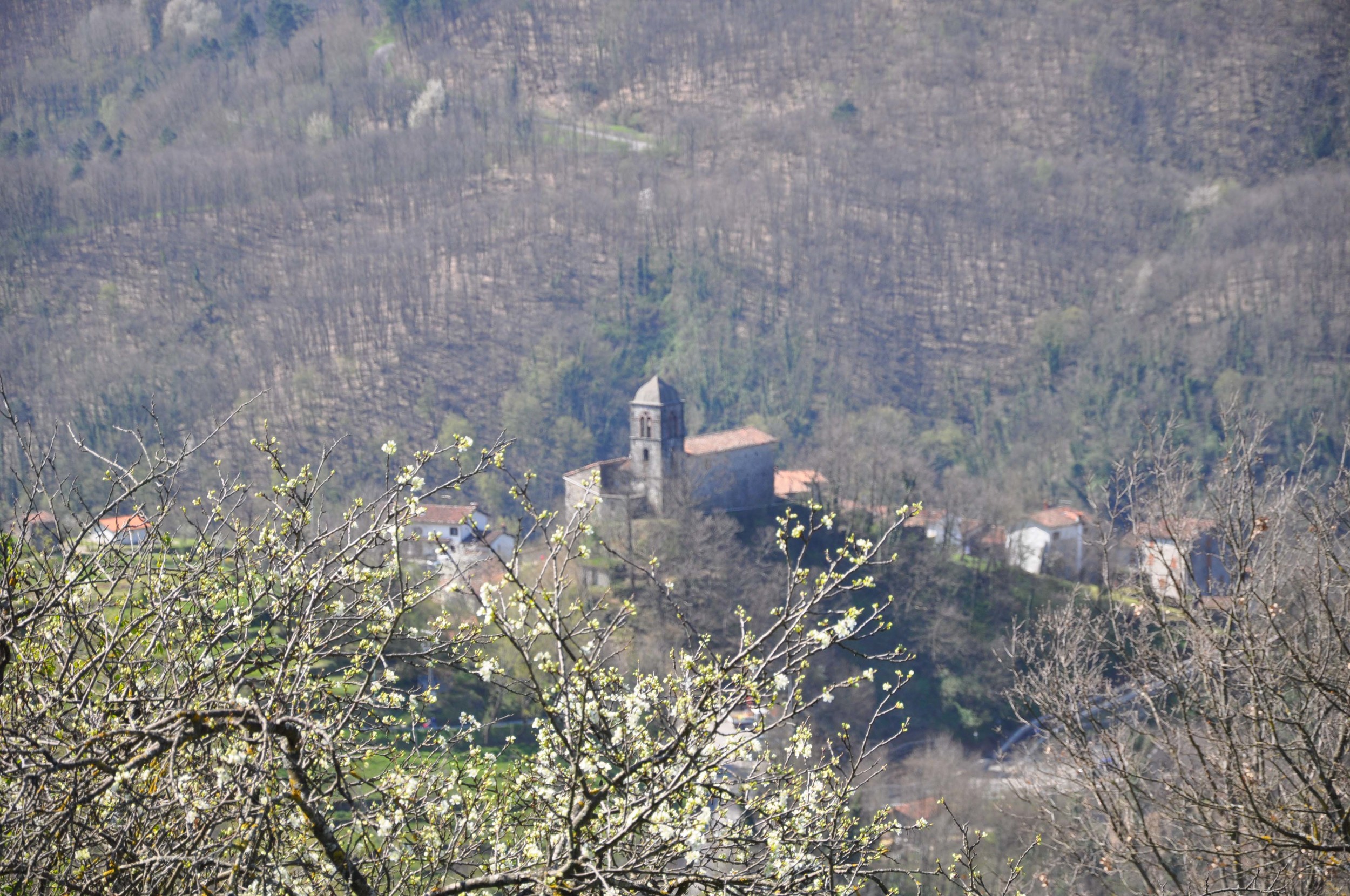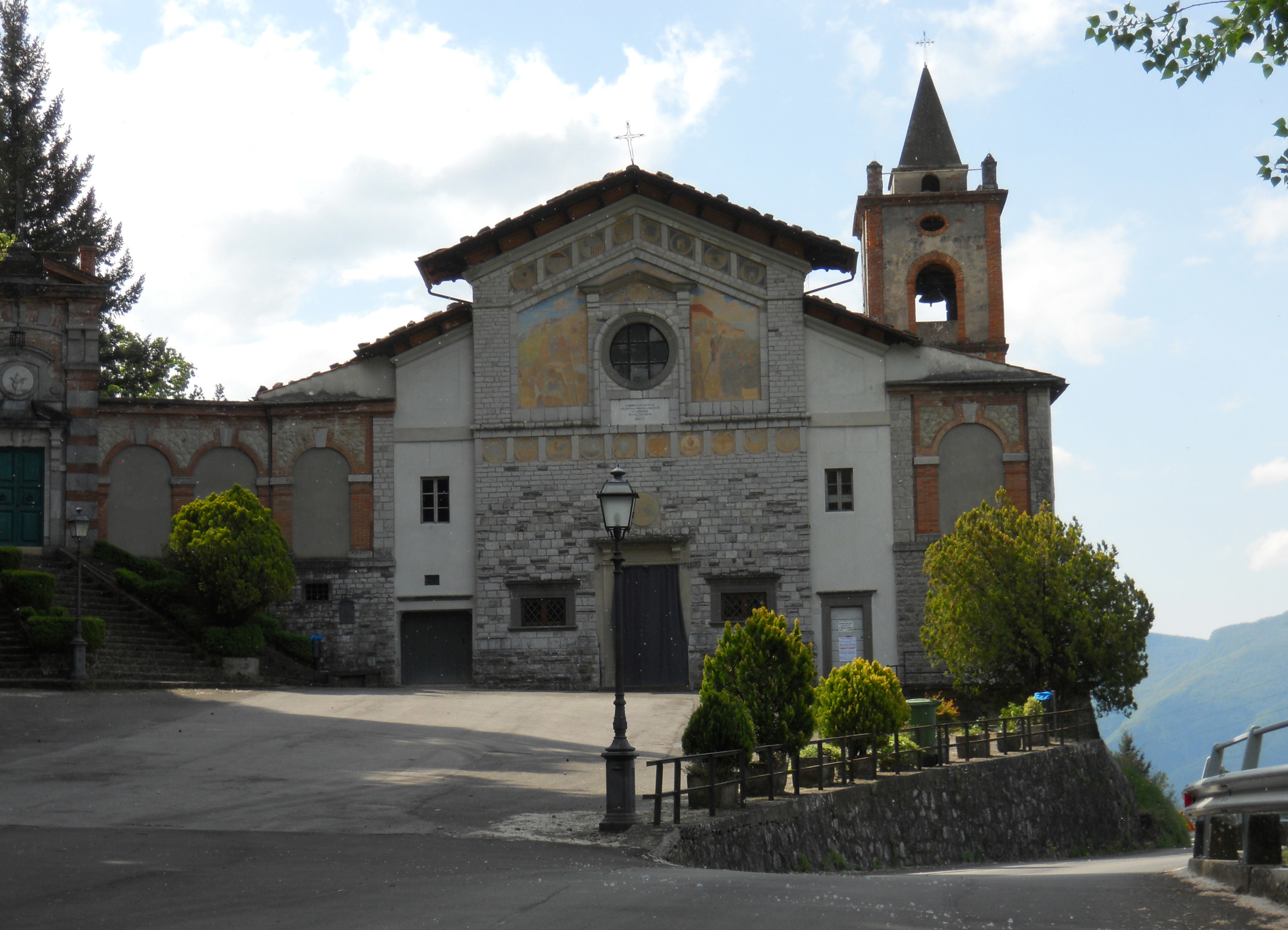If you are looking at Villas for rent in Tuscany may we suggest that you consider Holiday villas in Lucca or to be precise Garfagnana during Easter time? And in particular La Collina del Sole as at this time there are impressive Easter processions for many days; Italy is still steeped in Catholicism, many evening torch lit processions abound. In Fosciandora there is one on Maundy Thursday. If you are feeling energetic and happy to travel, the Easter processions in Via Filungo, Lucca are definitely worth the trip.
that you consider Holiday villas in Lucca or to be precise Garfagnana during Easter time? And in particular La Collina del Sole as at this time there are impressive Easter processions for many days; Italy is still steeped in Catholicism, many evening torch lit processions abound. In Fosciandora there is one on Maundy Thursday. If you are feeling energetic and happy to travel, the Easter processions in Via Filungo, Lucca are definitely worth the trip.
 If you are looking to Rent a Villa in Tuscany in the summer then let me share a little secret: The area around La Collina del Sole is steeped in history ! if you are traulling round looking for Villa rentals in Tuscany with interesting surrioundings look no further ! Let’s start with the small village where La Collina del Sole is situated :
If you are looking to Rent a Villa in Tuscany in the summer then let me share a little secret: The area around La Collina del Sole is steeped in history ! if you are traulling round looking for Villa rentals in Tuscany with interesting surrioundings look no further ! Let’s start with the small village where La Collina del Sole is situated :
 FOSCIANDORA Fosciandora’s first inhabitants date back to Etruscan times. This area was fiercely fought over by the principalities of Lucca, Pisa, Florence and the Este dynasty from Modena, in the 15th century.
In 1452 Lucca ruled over Lupinaia, Riana and Trepignana, and the Estes of Modena ruled over La Villa and Ceserana.
FOSCIANDORA Fosciandora’s first inhabitants date back to Etruscan times. This area was fiercely fought over by the principalities of Lucca, Pisa, Florence and the Este dynasty from Modena, in the 15th century.
In 1452 Lucca ruled over Lupinaia, Riana and Trepignana, and the Estes of Modena ruled over La Villa and Ceserana.
During WWII, this area was again subject to a great deal of  fighting, the famous Gothic line [ the line that divided the Germans from the Allied forces of USA and UK, which was fought over for well over a year ] passed through “Le Lama” which is very near Trepignana, the main Intelligence HQ of the Germans were located in the old “Mulino” located in the ridge just south of La Collina del Sole , if you get to see it, you will see that its secluded and well protected position was ideal as HQ especially as the intelligence was passed via mirror reflections code from Fiattone.
The Allies were based in Barga, when you visit it you will see the many scars of bomb craters on the main church at the top of the hill which is completely built in marble.
fighting, the famous Gothic line [ the line that divided the Germans from the Allied forces of USA and UK, which was fought over for well over a year ] passed through “Le Lama” which is very near Trepignana, the main Intelligence HQ of the Germans were located in the old “Mulino” located in the ridge just south of La Collina del Sole , if you get to see it, you will see that its secluded and well protected position was ideal as HQ especially as the intelligence was passed via mirror reflections code from Fiattone.
The Allies were based in Barga, when you visit it you will see the many scars of bomb craters on the main church at the top of the hill which is completely built in marble.
 LUPINAIA - Situated Just above La Collina del Sole ! Its fortified walls date back to 1616 with amazing views it is a lovely walk on the road and cross country.
Above Lupinaia are the Prade Garfagnine which can be reached by foot by local Sentieri, these Prade are the home to many Funghi Porcini, and many visitors come from afar to collect the precious mushrooms. You will notice that the cuisine of the area has Funghi as a central ingredient. The Prade has wonderful views and quiet meadows. Should you wish to drive to the Prade by car you will need to start off from “La Vil
LUPINAIA - Situated Just above La Collina del Sole ! Its fortified walls date back to 1616 with amazing views it is a lovely walk on the road and cross country.
Above Lupinaia are the Prade Garfagnine which can be reached by foot by local Sentieri, these Prade are the home to many Funghi Porcini, and many visitors come from afar to collect the precious mushrooms. You will notice that the cuisine of the area has Funghi as a central ingredient. The Prade has wonderful views and quiet meadows. Should you wish to drive to the Prade by car you will need to start off from “La Vil la” village to the north of us, we highly recommend a 4X4 car to arrive there.
la” village to the north of us, we highly recommend a 4X4 car to arrive there.
LA VILLA -With lovely views and a central plaza which many of the houses look onto. Both La Villa and Ceserana can be walked to by road going from “ La Collina del Sole ” to Fosciandora, then dropping down and right at the Casa Rosa and going through the “Sentieri “ or walkways.
 CESERANA Of particular interest the Rocca di Ceserana or the Fortress of Ceserana; a Romanesque church of Saint Andrea, built on a stone outcrop, the fortress was an important Military garrison and stronghold in the XIII and XIV centuries, it was used to combat the “Salt Pirates” who inhabited the Apuane hills and in particular had their HQ in Fotnovolasco.
Salt was a very precious commodity in the Middle ages as it was the only way of keeping things cool and therefore fresh for longer, Gelato which was invented in the Renaissance was dependant on the cooling properties of Salt
CESERANA Of particular interest the Rocca di Ceserana or the Fortress of Ceserana; a Romanesque church of Saint Andrea, built on a stone outcrop, the fortress was an important Military garrison and stronghold in the XIII and XIV centuries, it was used to combat the “Salt Pirates” who inhabited the Apuane hills and in particular had their HQ in Fotnovolasco.
Salt was a very precious commodity in the Middle ages as it was the only way of keeping things cool and therefore fresh for longer, Gelato which was invented in the Renaissance was dependant on the cooling properties of Salt . The fortress of Ceserana built on a stone outcrop, includes a cave which housed the locals during air raids in WWII and was re-opened in 2008.
. The fortress of Ceserana built on a stone outcrop, includes a cave which housed the locals during air raids in WWII and was re-opened in 2008.
RIANA & TREPIGNANA – Just below La Collina del Sole a lovely afternoon walk about 2.5 hour there and back, with lovely views. There is a tiny cafe and small shop in Riana.
 SANTUARIO “Madonna delle Stelle” On this site stood a place of worship to the Virgin Mary in 1167. It is said to have been destroyed by an earthquake. The ruins were found in 1798 with a Fresco of the Madonna which dates back several centuries. On this site a new church was built and consecrated in 1827 and attracts pilgrims from many miles around.
SANTUARIO “Madonna delle Stelle” On this site stood a place of worship to the Virgin Mary in 1167. It is said to have been destroyed by an earthquake. The ruins were found in 1798 with a Fresco of the Madonna which dates back several centuries. On this site a new church was built and consecrated in 1827 and attracts pilgrims from many miles around.
